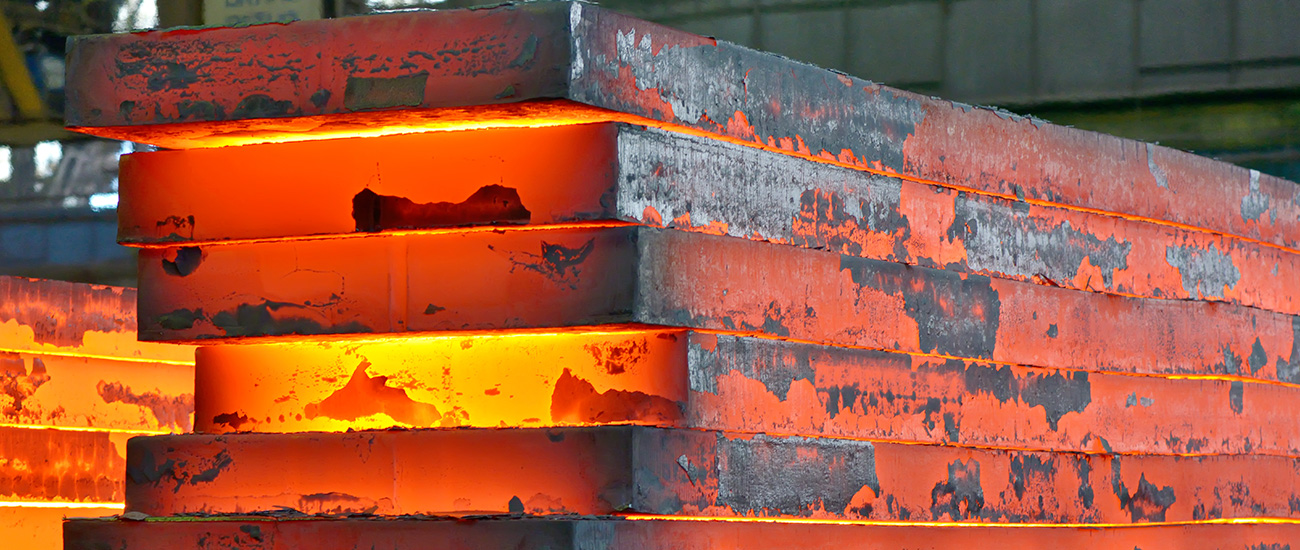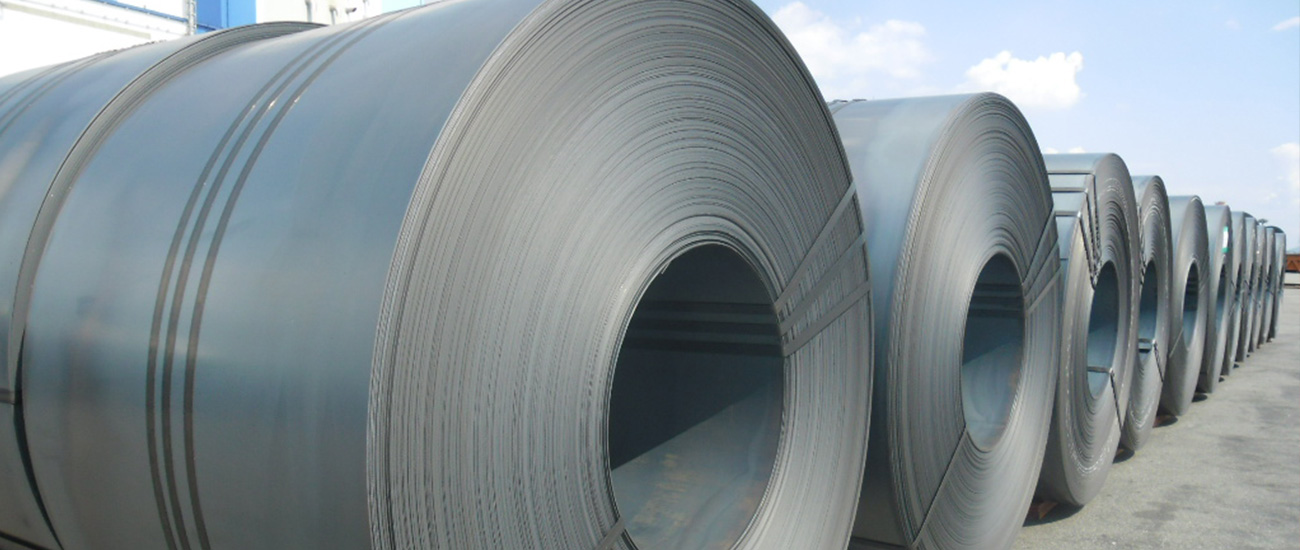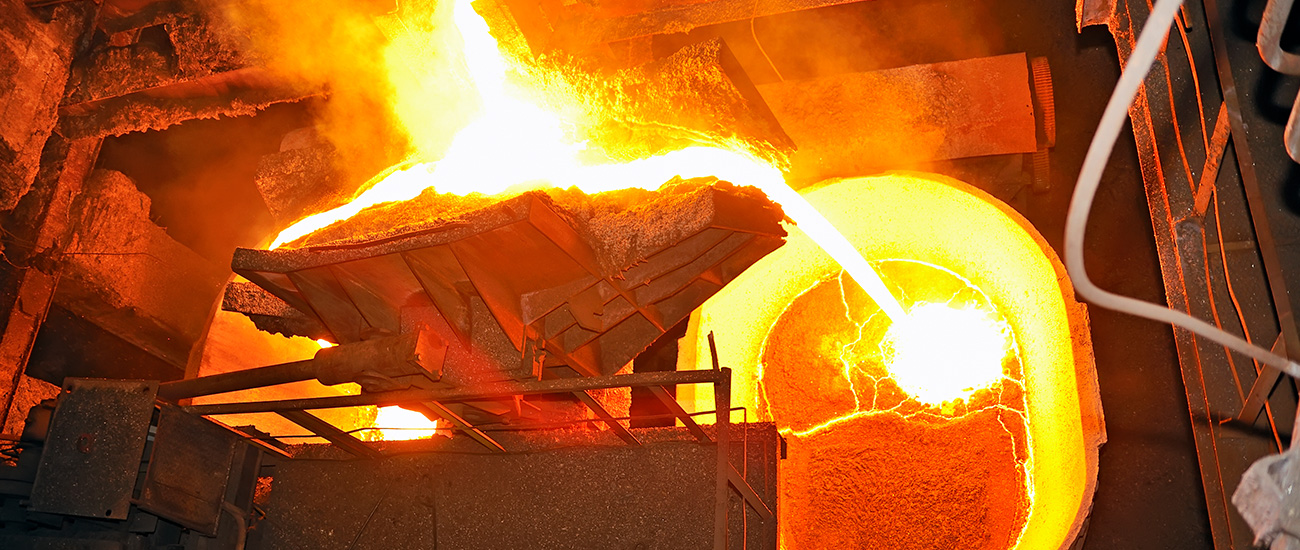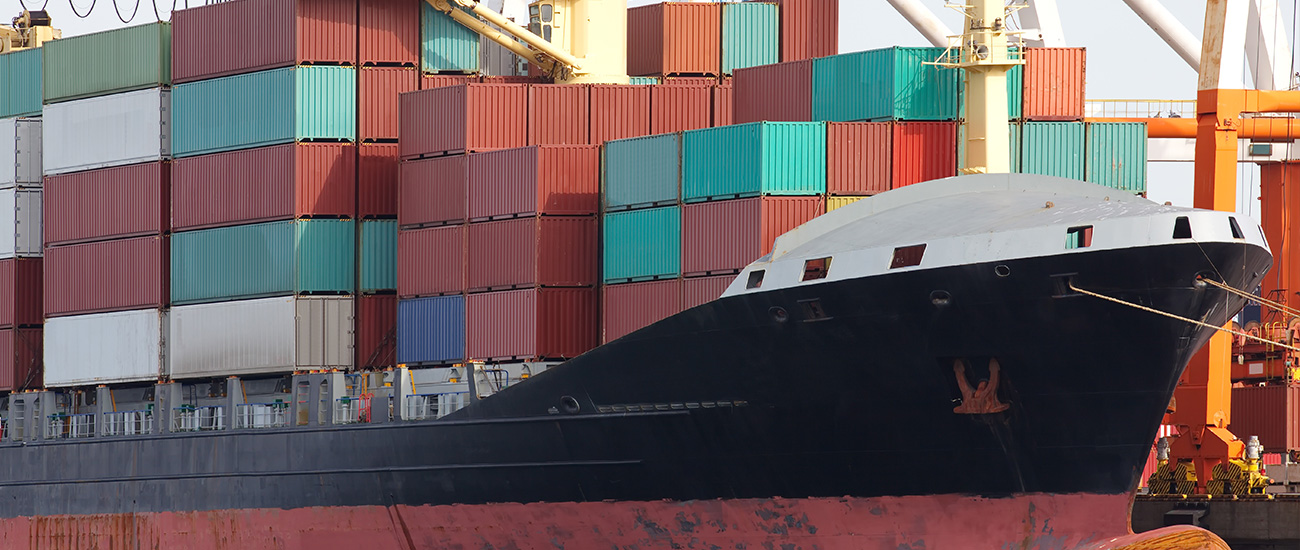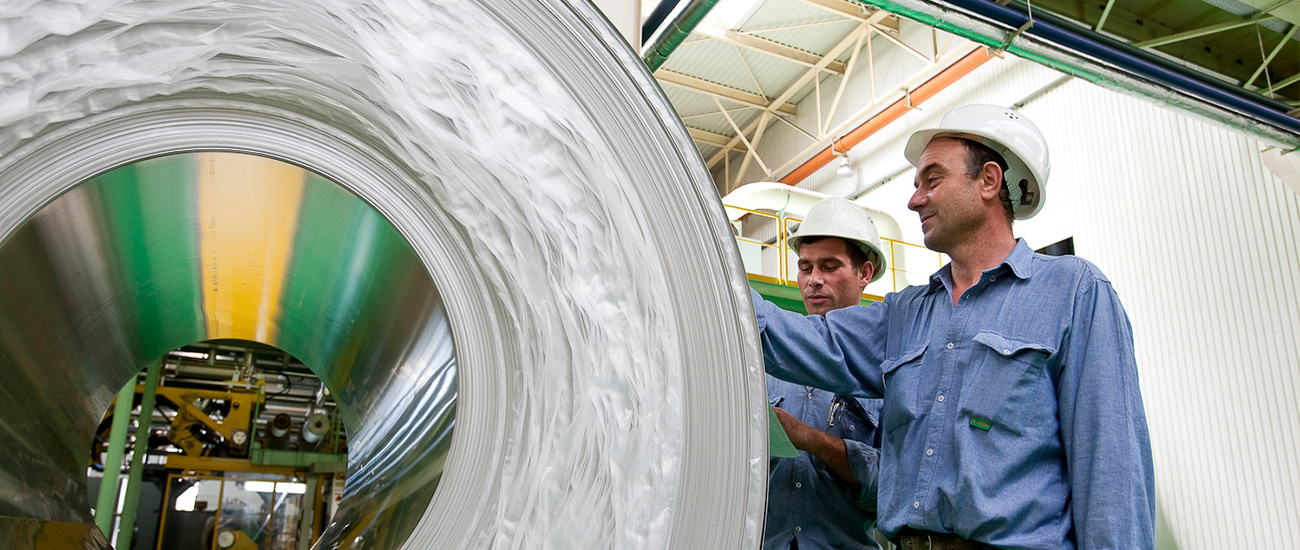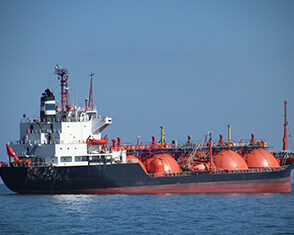The views expressed in this editorial are the author’s own, and do not necessarily reflect the official opinion of Samsung C&T Corporation.
Just a year ago, dark clouds were hovering over the steel industry, which was facing higher trade barriers from governments looking to shield their local producers from cut-throat competition created by overcapacity and low import prices.
That cloud still lingers, largely due to pledges from Washington D.C. to take “bold action” against foreign steelmakers, using a rarely employed law, which enables restrictions on imports for reasons of national security.
A final ruling from a key steel industry review in the U.S. has been delayed for now, but it remains one of the many factors that industry watchers will keep close tabs on as the sector emerges from some challenging times.
Modest Growth in Global Demand
Back in April, the World Steel Association (Worldsteel), which represents roughly 85 percent of global steel production, released its short-term global steel demand outlook.
It projected a modest on-year increase of 1.3 percent this year and 0.9 percent in 2018 on the back of “a cyclical upturn in steel demand with a continuing recovery in the developed economies and an accelerating growth momentum in the emerging and developing economies.”
Modest growth in demand should be considered promising so long as production moves in lockstep. But first quarter industry data showed that global output surged 5.7 percent, despite China, which singlehandedly accounts for half the world’s steel production, making good on its pledge to reduce capacity. This creates a niggling sense of concern that prices may plunge again due to excess supply – exactly what set off the whole debate about steel dumping and protectionism in the first place.
Supply-Demand Balance Still a Challenge
It’s not that supply-side reforms have had no effect. Changes initiated by Beijing are said to have helped lift prices in Europe and the U.S. by about 75 percent in the past 18 months. Heavy infrastructure spending in China has also pushed up local demand, further amplifying the effects of state-driven closures of steel factories.
What remains the problem is that the global appetite for steel is no longer as strong as it once was. Data points to a trend of steel demand leveling off, not least from rich countries. Despite an improved outlook from Worldsteel this year, it appears demand remains relatively stagnant, based on growth figures seen in crude steel production since 2013. It’s no surprise fears of a supply glut persist.
In terms of the overall supply-demand balance, China still looms large. A renewed pledge by Beijing to kill overcapacity sent metal prices soaring again late July. Changes in the Middle Kingdom have indeed been visible. After initially announcing that it would squeeze out substandard suppliers in the market back in January 2016, China reduced its capacity by six percent in the span of a year. So far this year, the country is said to have wiped out 15 percent of annual output by focusing on the removal of low-grade steel producers.
But to what degree has this aggressive makeover trimmed back global supply? The country’s steel exports did plummet 28 percent in the first half of the year, but a lot of that is attributed to domestic infrastructure projects, which in effect absorbed output that would have otherwise spilled over into the global market. The fact that analysts believe the majority of capacity labeled by Beijing for removal was either inactive to begin with or replaced with legitimate facilities is a source of concern. With domestic demand expected to cool in the latter half of the year, it’s questionable whether the steel market will regain the balance it once enjoyed.
Fundamental Changes Weigh on Growth
In addition to the possibility of supply and demand being thrown off kilter, interesting analysis, which accompanied the World Steel Association’s short-term outlook, also fans the flames of industry jitters. Despite an outlook for improved demand growth in the sector, Worldsteel Director of Economic Studies and Statistics Naehee Han points out that it still lags behind forecasts of global GDP expansion.
Han says three factors are to blame. First, an insatiable appetite for steel in China peaked back in 2013, shifting the growth engine to smaller economies, which come nowhere close to matching demand from the world’s second largest economy. Second, global economic recovery has primarily been led by consumption rather than investment; steel is more responsive to growth in the latter. And finally, global steel intensity, which indicates how much steel is used to produce one unit of GDP, has been on a decline.
Rising Oil May Come to the Rescue
These variables indicate that the industry is not without problems, but there are other factors that suggest a more positive path may lie ahead. The fate of oil will no doubt play a part in shaping conditions for steelmakers. From an abysmal 20-dollar trough last year, prices have clawed their way back up to the mid-40 to 50-dollar range per barrel, thanks to renewed efforts by major producers to cap output. The hope is that this slow but noticeable gain in crude will not only push prices of steel products up but also get investment moving. This would help mitigate negative factors such as excess production.
Stronger Global Economy Lifts Hopes
The big picture also matters. The outlook for global growth has been on a steady upward trend, with organizations like the IMF projecting expansion in the mid-three percent range for both this year and next. A general pickup in advanced economies and the recovery seen in commodity-dependent emerging markets such as Russia and Brazil are expected to help spur more interest in investment as well. Not only that, a weak U.S. dollar has diminished worries about capital flight from emerging markets – a possibility that weighed on the minds of many due to monetary tightening by the Federal Reserve.
The steel industry has emerged from treacherous waters and is slowly regaining its footing. On the one hand, the capacity conundrum and some major shifts in global demand will challenge its recovery, but on the other, stronger commodities and a better-positioned world economy may be able to give it the boost it needs. But what is for certain is that producers and related industries have weathered torrid conditions in recent years and will be more than ready to reshape their future to changes ahead


